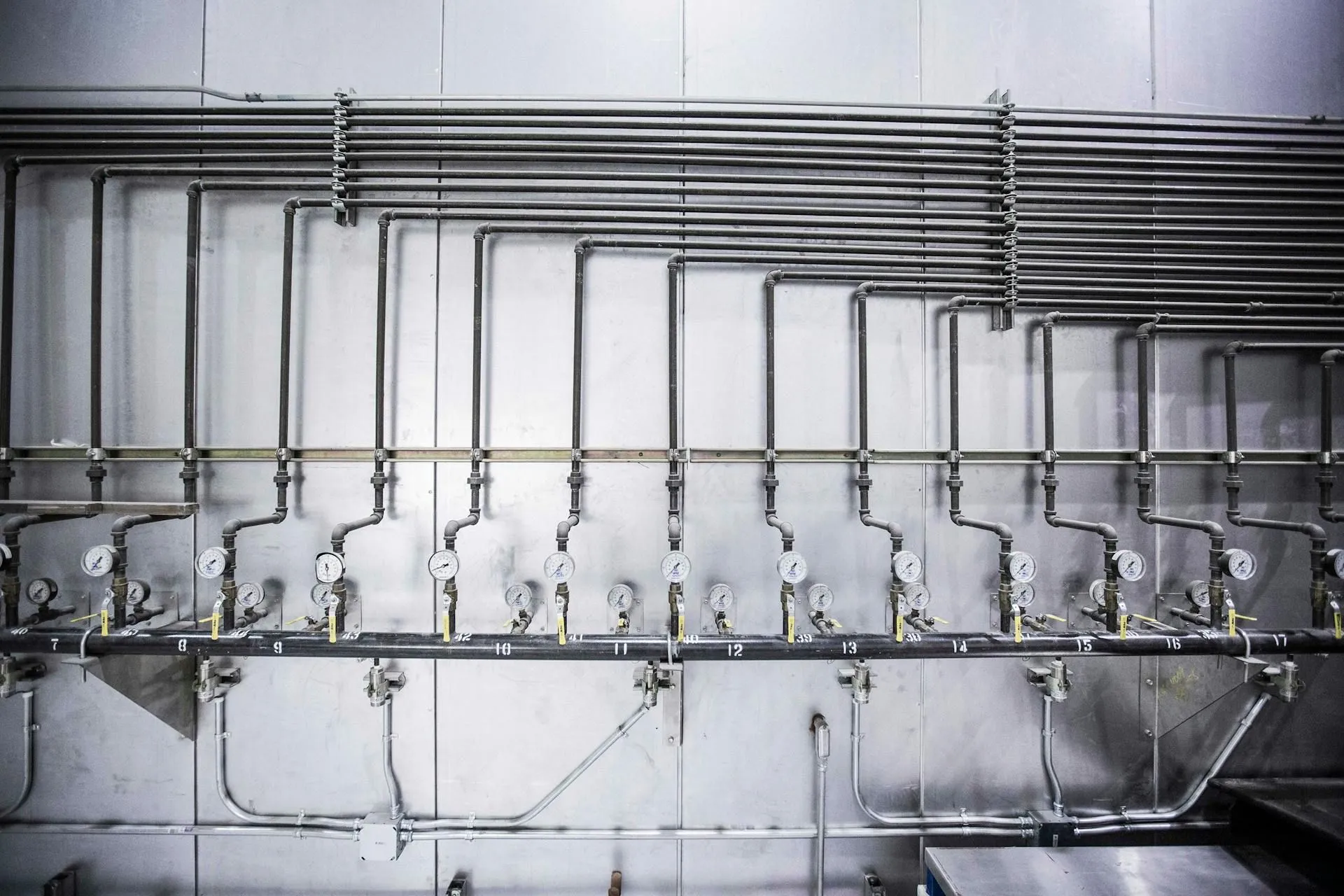Backflow Testing: What is It and Why Does it Matter?
What is Backflow?
Backflow is a term that refers to the unwanted reversal of the flow of contaminated or polluted water back into a clean water supply. This can happen when there is a sudden change in water pressure, causing the contaminated water to flow back into the clean water supply. Backflow can occur in both residential and commercial properties, posing a serious health risk to anyone who comes into contact with the contaminated water.
There are two main types of backflow: backpressure backflow and backsiphonage backflow. Backpressure backflow occurs when there is higher pressure in the contaminated water supply than in the clean water supply, forcing the contaminated water to flow backwards. This can happen when a pump is used to increase pressure in the contaminated water supply, causing the contaminated water to flow back into the clean water supply.
Backsiphonage backflow, on the other hand, occurs when there is a sudden drop in pressure in the clean water supply, causing a siphoning effect that pulls contaminated water back into the clean water supply. This can happen when there is a break in the water main or when a fire hydrant is used, creating a sudden drop in pressure.
What is Backflow Testing?
Backflow testing is an important aspect of maintaining the safety and efficiency of a plumbing system. It involves checking and verifying that the backflow prevention devices installed in a plumbing system are working correctly to prevent contaminated water from flowing back into the clean water supply.
Backflow occurs when there is a reversal of the normal flow of water in a plumbing system, which can lead to the contamination of clean water with bacteria, chemicals, and other harmful substances. To prevent this from happening, backflow prevention devices are installed in plumbing systems to ensure that water only flows in one direction.
Regular backflow testing is necessary to ensure that these prevention devices are functioning properly. During the testing process, a certified technician will inspect the backflow prevention devices and check for any leaks or malfunctions. They will also measure the water pressure to ensure that the devices are holding up under normal operating conditions.
If any issues are found during the testing process, the technician will make the necessary repairs or replacements to ensure that the plumbing system is safe and up to code. Failing to conduct regular backflow testing can result in fines, water contamination, and potential health risks for those using the water supply.
Backflow testing also ensures that the plumbing system is functioning efficiently. By maintaining the proper flow of water and preventing backflow, the system can operate at its best and avoid costly repairs or shutdowns in the future.
Why Backflow Testing Matters
Backflow testing may not be the most exciting topic, but it is a crucial aspect of maintaining a safe and healthy water supply. Backflow occurs when the flow of water in a plumbing system is reversed, causing contaminated water to flow back into the clean water supply. This can happen due to a sudden drop in water pressure, often caused by a burst pipe or firefighting activities.
The consequences of backflow can be severe, as it can introduce harmful contaminants such as pesticides, fertilizers, and even sewage into the drinking water supply. These contaminants can pose serious health risks to those who consume the contaminated water, ranging from stomach bugs to more serious illnesses.
This is why backflow testing is so important. By testing backflow prevention devices regularly, we can ensure that they are functioning properly and effectively preventing the flow of contaminated water back into the clean water supply. This helps to protect public health and prevent potential outbreaks of waterborne diseases.
In addition to protecting public health, backflow testing is also required by many local and state regulations. Failing to comply with these regulations can result in fines and even the suspension of water service. By staying on top of backflow testing, you can avoid these costly consequences.
Furthermore, regular backflow testing can also help to identify any potential issues with your plumbing system before they escalate into more serious problems. This proactive approach can save you time and money in the long run by addressing any issues early on.
Who to Call for Backflow Testing?
Don’t wait until it’s too late – call Two Anchors Plumbing today to schedule your backflow testing. Our team is dedicated to providing top-notch plumbing services and ensuring that your plumbing system is working efficiently and safely. Trust the experts at Two Anchors Plumbing for all your backflow testing needs.





